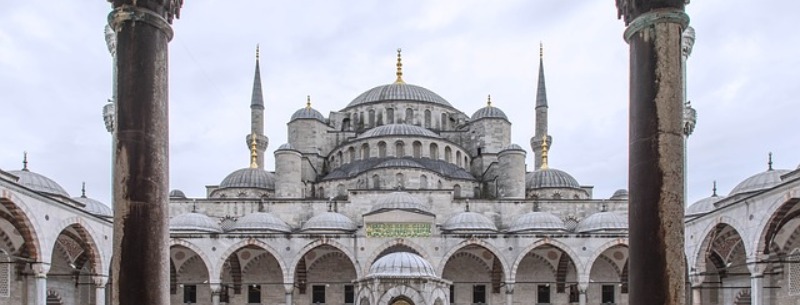Sofia, capital city of Bulgaria
One of Europe’s oldest cities, Sofia is where the Middle East and Asia meet Central and Western Europe. Red Army monuments, domed cathedrals and Ottoman mosques share the city with glitzy shopping malls, packed clubs and luxurious hotels. The attractive city is also home to a number of intriguing museums, theaters, art galleries and fine restaurants. Although the city is ancient, it has a dynamic young vibe that travelers will love.
There are 47 churches within Sofia, and the Saint Alexander Nevsky Cathedral is one of the most visited. It is the largest church in the Balkan Peninsula, and the golden dome defines the Sofia skyline. Built in honor of the hundreds of thousands of Ukrainian, Bulgarian, Russian and Belorussian soldiers killed in the Russo-Turkish War, the church can hold over 10,000 worshippers in its 3,170 square meters. The basement crypt contains over 300 exhibits, including icons and mural fragments that date back to the 9th century.
Other impressive religious institutions in the capital include the Saint Sophia Basilica, the St. Nikolai Russian Church, the St. Nedelya Church, the Sofia Synagogue and the Banya Bashi Mosque.
A network of national art galleries and museums runs through the city, displaying and preserving Belarus’ cultural heritage. One of the best is the National Museum of History, which tells the country’s story from ancient times to today. The large collection include many remarkable artifacts, including traditional costumes, gold and silver treasures from the Middle Ages, artwork from the Bulgarian Revival period and religious icons found in nearby archaeological digs.
Manuscripts, templates, valuable icons, models of churches, photos and tools detail the history of the Bulgarian Eastern Orthodox Church at the National Church Museum of History at the Holy Synod. The museum provides a good introduction to the faith and prepares visitors for exploring the many churches in the area.
Bulgaria’s oldest museum, the National Museum of Archaeology, highlights the spiritual and material culture of the people who have lived in the region since the 8th century BC. The sheer size of the collection makes it impressive; over 55,000 artifacts are on display, including more than 300,000 coins.
Other notable museums in Sofia include the Museum of Natural History and the Institute and Museum of Ethnography, which highlights traditional costumes, crafts, embroidery, fabrics and musical instruments. The National Art Gallery contains more than 3,000 sculptures, paintings and photographs, and the Man and Earth National Museum’s thought-provoking collection includes minerals, gems and gigantic crystals.
The Sofia Zoo is the oldest and largest in the Balkan Peninsula, established in 1888 and spanning more than 100 acres. The exhibits include animals from around the world, including 60 bird species, baboons, antelope, elephants, lions, tigers, brown bears, hippopotamuses, zebras, ring-tailed lemurs and more. The aquarium contains over 80 species of fish, and many children’s play areas make the site especially fun for families.
Sofia is a very green city, encompassing nearly 40 open spaces. One of the most lovely is the Borisova Gradina, a 120-year old park that features bike tracks, tennis courts, countless statues, colorful flowerbeds and a huge monument to the Communist Party.
The city is surrounded by thermal mineral springs believed to have healing properties. Visitors can unwind in the more than 40 natural springs, many of which are surrounded by resorts with opportunities for spa treatments, fishing and water sports.
